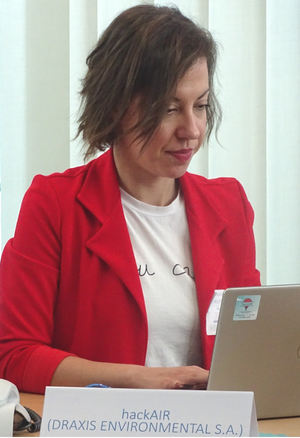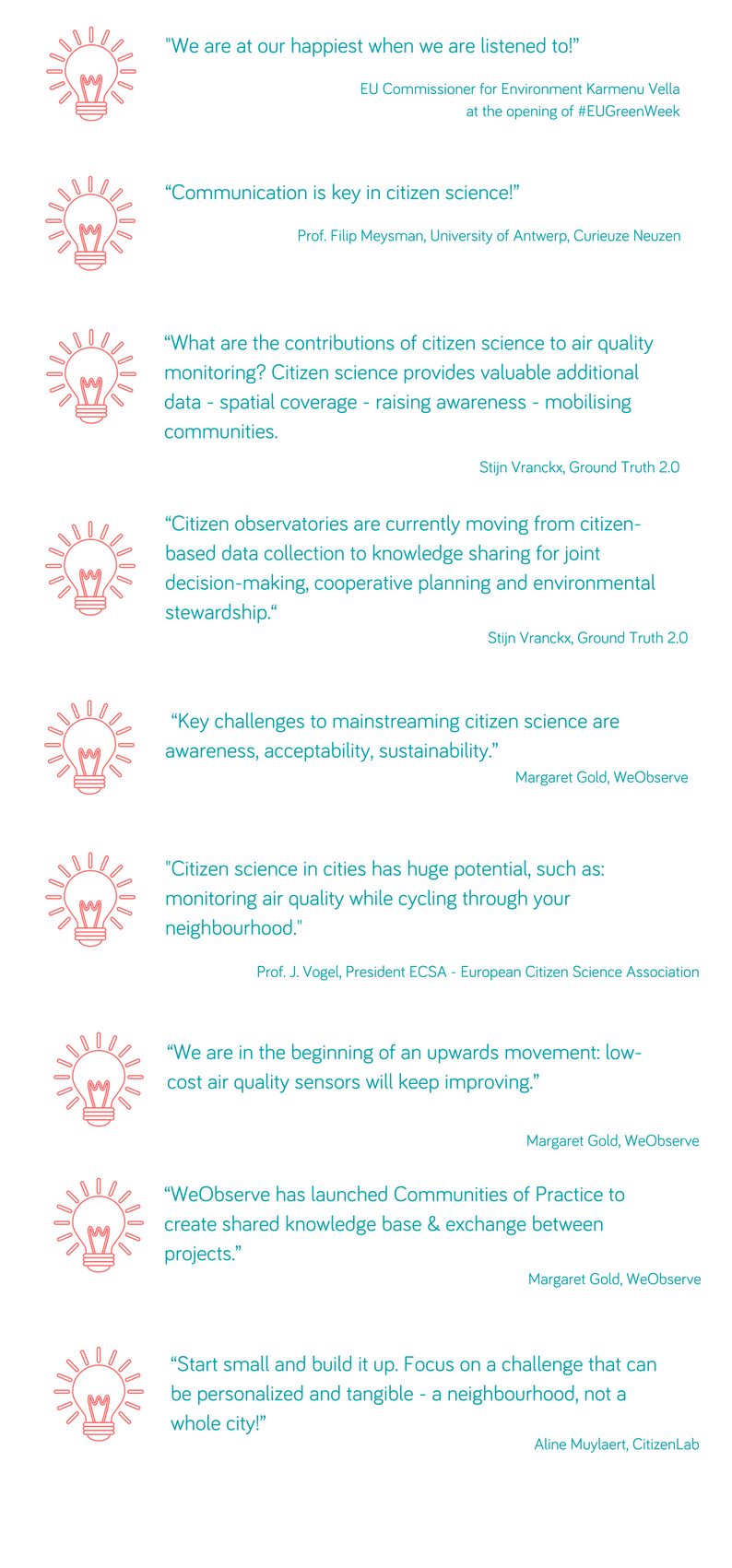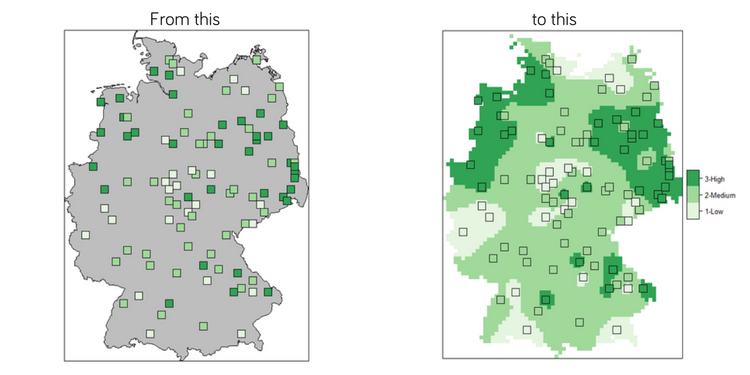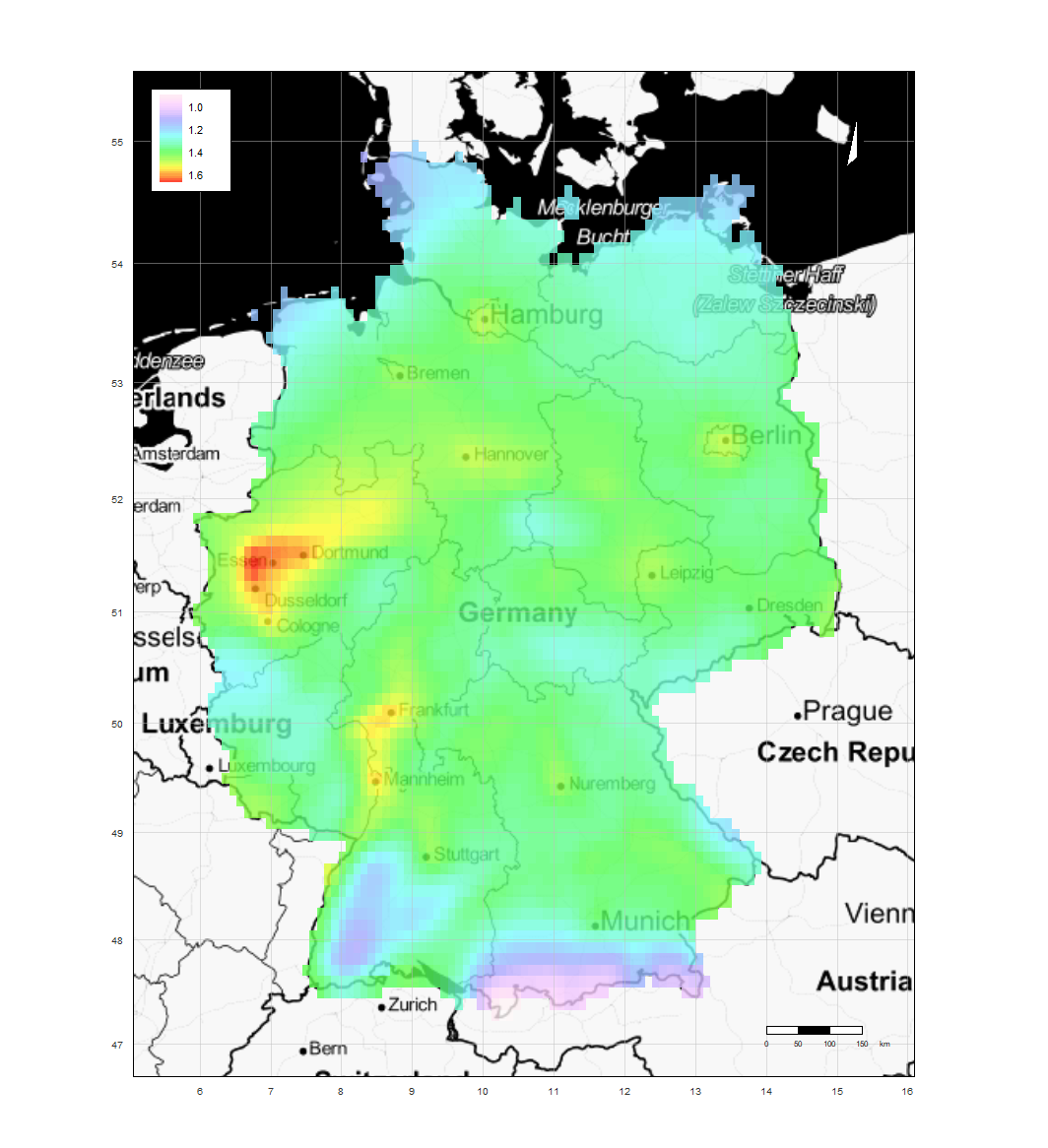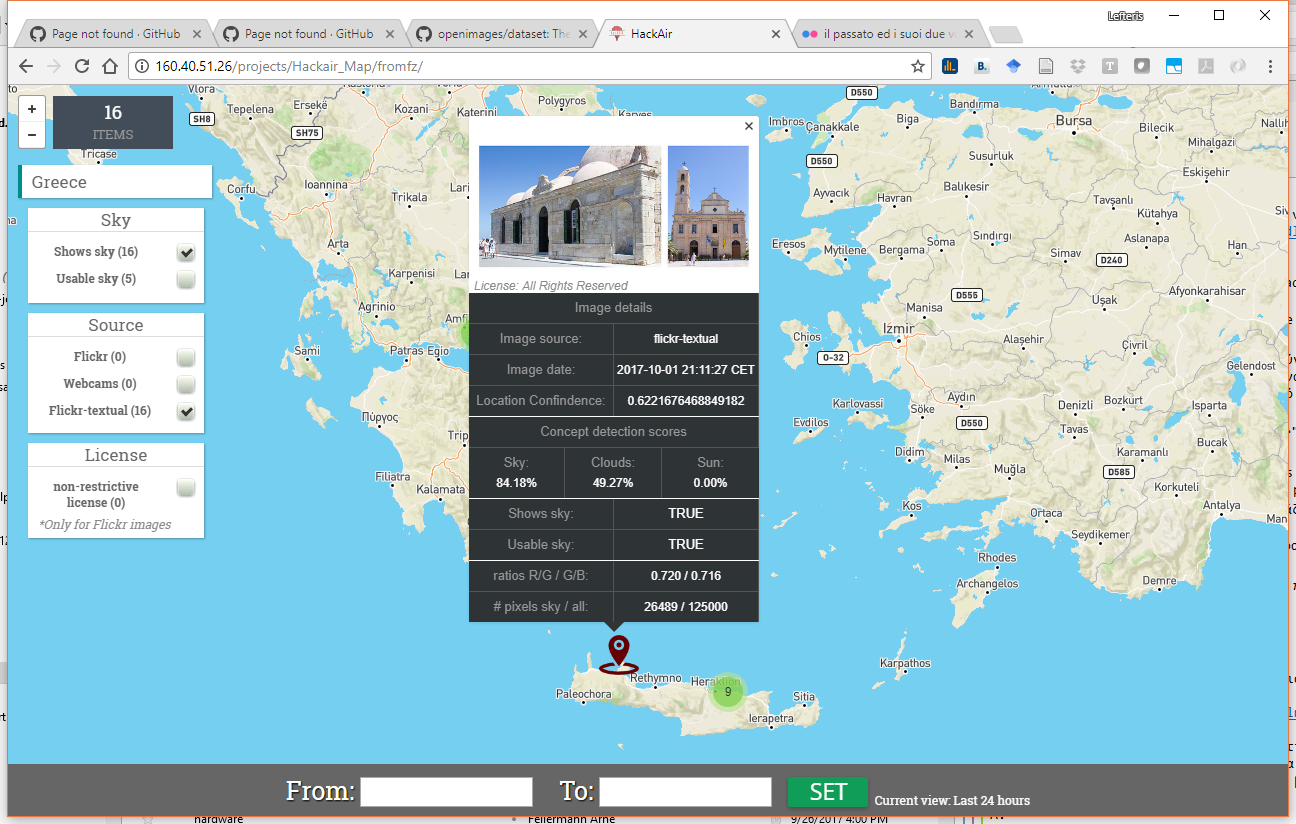Do you want to measure air quality where you live? Have you thought about building your own air quality sensor, but found it too much hassle to get the materials and handle the tech?
We’re proud to present the first ever plug-and-play hackAIR home sensor set!
Here is our offer: order a hackAIR air quality home sensor and receive all you need, already soldered, assembled AND pre-programmed for you.
No collecting separate pieces from different stores, no need to deal with customs – and: no fussing around with a soldering iron. No confusion about which wire needs to go where. And you don’t even have to download software to get started.
We have a limited amount of sensor sets and expect to sell out quickly. Make sure that you get your sensor – by ordering today.
Capabilities of the hackAIR home sensor
The hackAIR home sensor measures particulate matter concentrations (PM10 and PM2.5) using a low-cost sensor called SDS011. Every five minutes, you will be able to see a new measurement from your location on platform.hackair.eu – and you can compare it with other measurements from your neighbourhood (including from official air quality sensors). You can also download and analyse your measurements to get a sense of how air quality changes over time.
The hackAIR home sensor kit
We have purchased, assembled and programmed the main components for your hackAIR sensor. What you need to do is to add a sensor case (e.g. using an empty plastic bottle) and find a good spot for it within reach of your WiFi network (and a power cable).
You will also need to register your sensor on the hackAIR platform and connect it with your WiFi. You’ll be up and running in no time.
This is what you get in your package:
- Air quality sensor: Nova PM SDS011
- Microcontroller (Wemos D1 mini) with attached temperature and humidity sensor (DHT22)
- All necessary jumper wires and a plastic tube to draw in air
- Tutorial: How to set up your sensor
- hackAIR sticker
What you need to add:
- Micro-USB cable and USB charger (maybe a spare one from an old phone?)
- A case to protect your hackAIR sensor from rain – this can be a yoghurt bucket or a PET bottle or plumbing pipe… Get creative! Find inspiration here
- Access to electricity and WiFi to connect your sensor
You are ready to rock with this set!
And: let us know how it goes. If you need support, ask us. And: we are curious to see pictures of your sensor (+ cases). Share your images on social media and tag hackAIR!






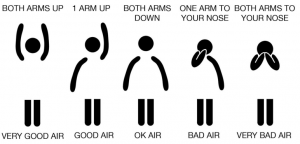










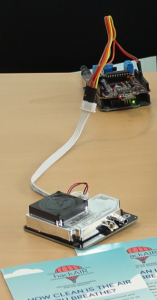 Send us a picture of the sky where you are currently spending your summer – using the
Send us a picture of the sky where you are currently spending your summer – using the 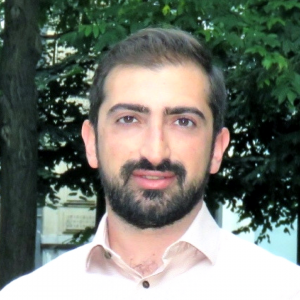
 Together with the green movements and the local green party, we wanted to do something about the situation. For that, we first needed more data to find out why, when and where the
Together with the green movements and the local green party, we wanted to do something about the situation. For that, we first needed more data to find out why, when and where the 


